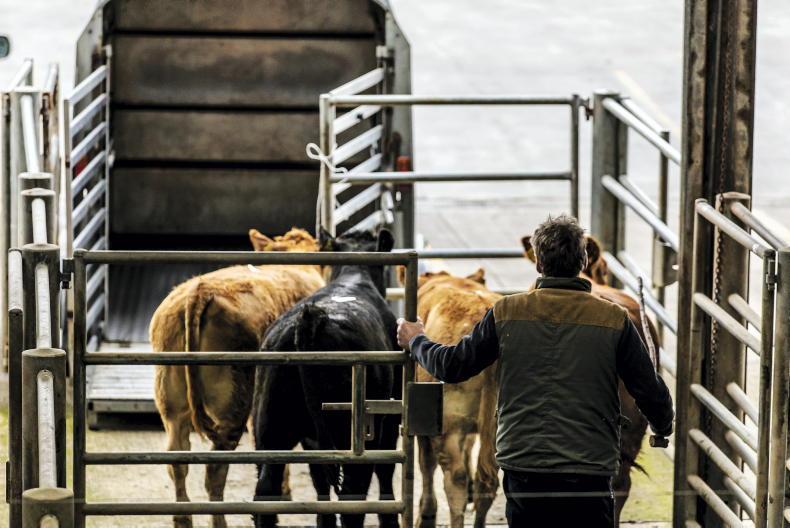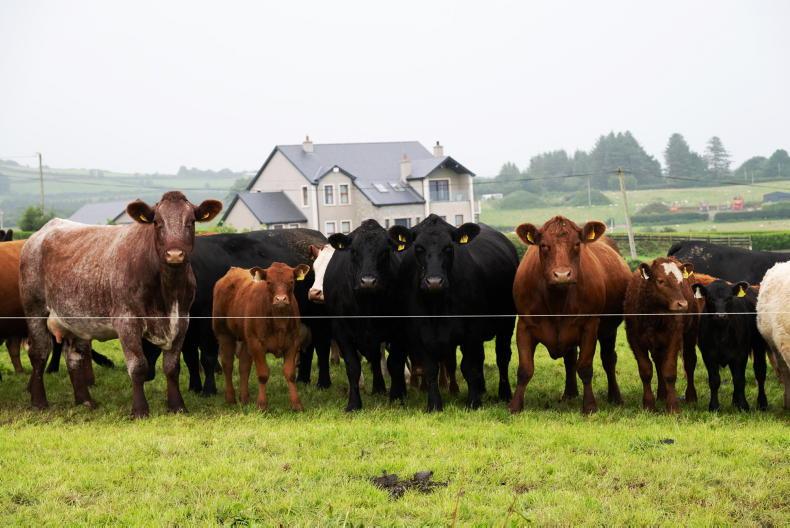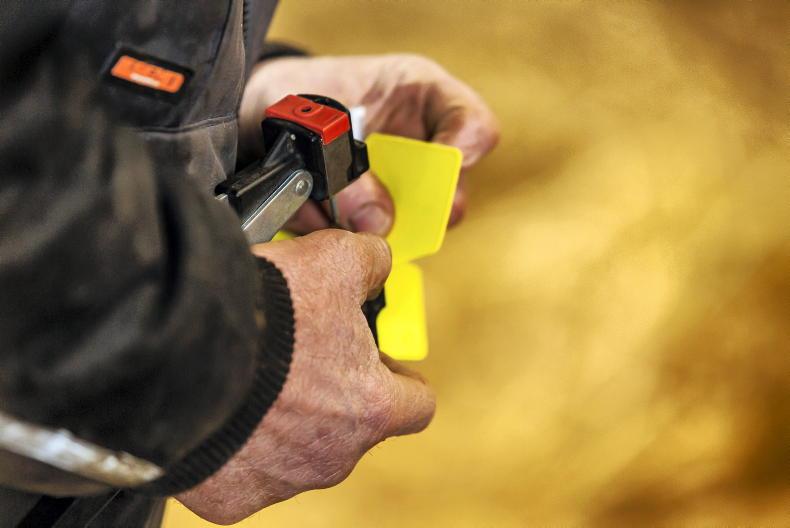Ground conditions have greatly improved over the past two weeks and farmers are starting to filter cattle out to grass. As cattle leave the shed, there are a few management tasks that should be completed.
1. Dehorning cattle
Make sure early spring-born calves have been dehorned as they go to grass. Disbudding horns at an early stage is much easier on the calf, causing less stress.
Calves should always be restrained when dehorning. Give an anaesthetic before carrying out any disbudding and allow between five and 10 minutes for it to work. Clip the hair around the horn if necessary.
When using a dehorning iron, make sure the end is clean and sharp. The iron should also be piping hot before each use.
Test the dehorner on a piece of wood, it should burn a uniform circle on the surface. Apply to the horn bud and rotate clockwise and anti-clockwise for at least 10 seconds before removing the bud. Treat the open wound with an antiseptic spray.
2. Vaccines up to date
Makes sure calves have received a clostridial vaccine when going to grass. Yearling stores should also get a booster shot before turnout. This safeguards animals against diseases such as blackleg.
On farms with a history of respiratory problems, vaccinating calves as they go to grass can help to cut the risk of a pneumonia in early spring. Cows and stock bulls should also have received any vaccines for BVD and lepto.
3. Weighing stores
Weigh cattle as they go to grass, so you can monitor daily liveweight gain during the grazing season.
Thriving cattle should ideally average 1kg/day on spring and summer grazing. Do a mid-summer weighing to check that animals are on track in terms of liveweight gain.
If cattle are under-performing, check for underlying health problem such as internal parasites burdens or a lack of trace minerals.
4. Put cows out in breeding groups
To cut down the number of times cattle have to be handled, filter cows out to grass with breeding groups in mind.
This means directing cows that are suitable for producing replacements going to one land block, with more terminal cows going to a different block.
Numbers will be small at the start, but will grow as more cows calve down and go out to grass.
Doing this now avoids having to sort cows into breeding groups in May or June and, as such, it will be a big time-saver on heavily fragmented farms.
5. Record cattle numbers for each grazing group
As cattle go out to grass, record their tag number and which grazing group they are in. This way, if you have to isolate an animal for something like a BVD re-tag, then you can quickly identify where the animal is.
Recording cow numbers means you will know which animals went to which stock bull. This makes it easier to manage in-calf cows for winter feeding and in the runup to spring calving next year, resulting in fewer calving problems.
Read more
Irish Farmers Journal launches new online mart price calculator
NI trends: beef plants cut cattle quotes, hogget prices easing
Ground conditions have greatly improved over the past two weeks and farmers are starting to filter cattle out to grass. As cattle leave the shed, there are a few management tasks that should be completed.
1. Dehorning cattle
Make sure early spring-born calves have been dehorned as they go to grass. Disbudding horns at an early stage is much easier on the calf, causing less stress.
Calves should always be restrained when dehorning. Give an anaesthetic before carrying out any disbudding and allow between five and 10 minutes for it to work. Clip the hair around the horn if necessary.
When using a dehorning iron, make sure the end is clean and sharp. The iron should also be piping hot before each use.
Test the dehorner on a piece of wood, it should burn a uniform circle on the surface. Apply to the horn bud and rotate clockwise and anti-clockwise for at least 10 seconds before removing the bud. Treat the open wound with an antiseptic spray.
2. Vaccines up to date
Makes sure calves have received a clostridial vaccine when going to grass. Yearling stores should also get a booster shot before turnout. This safeguards animals against diseases such as blackleg.
On farms with a history of respiratory problems, vaccinating calves as they go to grass can help to cut the risk of a pneumonia in early spring. Cows and stock bulls should also have received any vaccines for BVD and lepto.
3. Weighing stores
Weigh cattle as they go to grass, so you can monitor daily liveweight gain during the grazing season.
Thriving cattle should ideally average 1kg/day on spring and summer grazing. Do a mid-summer weighing to check that animals are on track in terms of liveweight gain.
If cattle are under-performing, check for underlying health problem such as internal parasites burdens or a lack of trace minerals.
4. Put cows out in breeding groups
To cut down the number of times cattle have to be handled, filter cows out to grass with breeding groups in mind.
This means directing cows that are suitable for producing replacements going to one land block, with more terminal cows going to a different block.
Numbers will be small at the start, but will grow as more cows calve down and go out to grass.
Doing this now avoids having to sort cows into breeding groups in May or June and, as such, it will be a big time-saver on heavily fragmented farms.
5. Record cattle numbers for each grazing group
As cattle go out to grass, record their tag number and which grazing group they are in. This way, if you have to isolate an animal for something like a BVD re-tag, then you can quickly identify where the animal is.
Recording cow numbers means you will know which animals went to which stock bull. This makes it easier to manage in-calf cows for winter feeding and in the runup to spring calving next year, resulting in fewer calving problems.
Read more
Irish Farmers Journal launches new online mart price calculator
NI trends: beef plants cut cattle quotes, hogget prices easing










SHARING OPTIONS